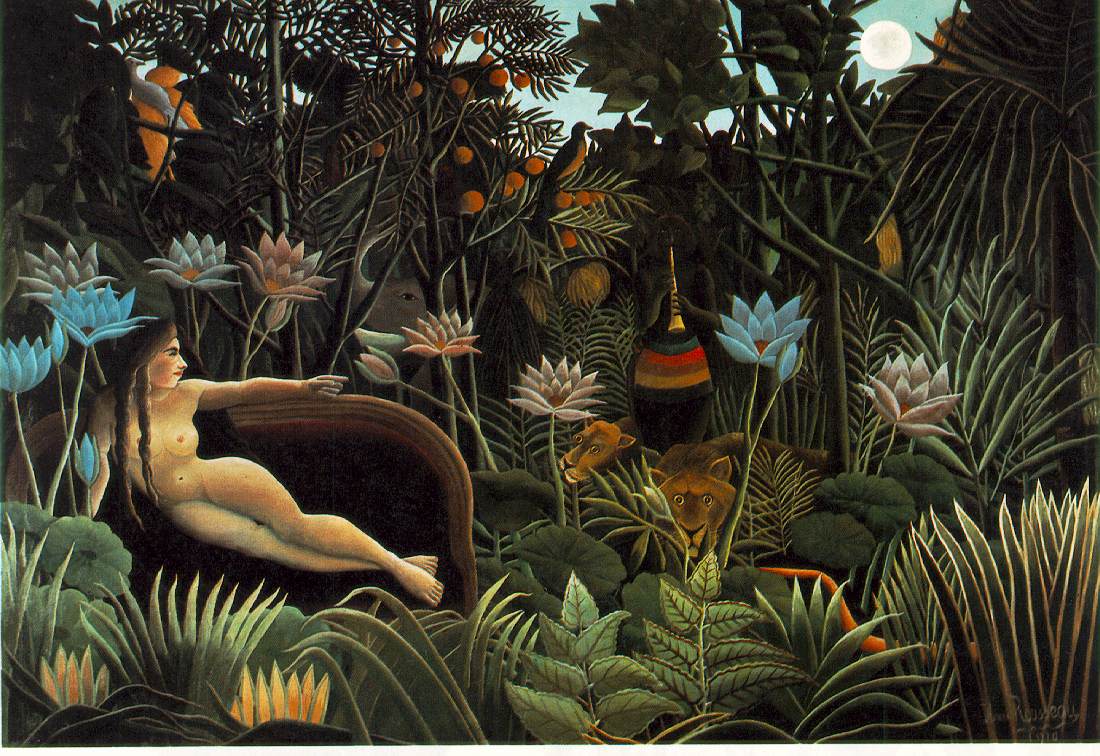I went up to
Iron Mountain the other day and saw a patch of these
fire-following beauties on the hillside. The flowers reminded me of my roots in eco-warriorhood over ten years ago. Or rather, I thought the pretty little flowers reminded me of something important; as I looked at them they looked familiar somehow, like a friend met in the street who is out of context and consequently, out of place in the complicated network of connections that make up a human being's neural address book. Terry reminded me of the connection to the past: the fight over the vernal pool habitat near Carmel Valley led by Isabelle Kay, an area called Arroyo Sorrento or Carmel Mountain. Thinking about those flowers rekindled the memories of the fight over San Diego's Multiple Species Conservation Plan, an exercise in negotiating away nonnegotiable items such as San Diego Mesa Mint (below, courtesy
High Country News in a great article about the MSCP), a kind of life we probably won't ever see again, one of God's creations we have bulldozed.

As I rode past Carmel Mountain the other day I remembered again the lost past, the world-encompassing futility that accompanies the loss of a whole landscape, even if it is only a square mile or two. Arroyo Sorrento is now a cookie-cutter housing development that maintains vestigial remnants of its agricultural past in struggling small habitats such as S
eabreeze Organic Farms, and nonfunctioning scraps of natural ecosystems unable to support vernal pools and other endemic habitats that the Creator put on the planet not for us, but for other lives with whom we share this plane of existence. I remember the feeling I got as I played my own little part in this process, and I don't like remembering that sin.

The Mesa Mint, Fairy shrimp, California Gnatcatcher, and other species threatened with extinction don't seem like a spiritual problem to us but a scientific or technological one, or to put it socially, a cultural problem. The idea is this: we human beings should be nice to the ecosystem because it would be bad news for us if we aren't nice to it; replacing irreplaceable forms of life with completely replaceable and aesthetically tacky business propositions like the one pictured to the right is bad for the "environment," which we humans defines as a management system organized for our benefit. Failure to maintain this system in this paradigm is not a sin, although it could be a crime: bad social policy done out of ignorance or misplaced motives.

In the kind of paradigm described above, losing a species would be a mistake, possibly a crime, but not a sin. Sins make us feel guilt and shame, and I suppose there are people who do not feel guilt and shame at the loss of one of God's natural works, but I'm not one of those types of people and here's how I know: I still feel ashamed when I look at Arroyo Sorrento and when I remember the patch of Canchalagua that no longer exists, that I helped destroy. It's the same kind of feeling that accompanies any other type of sin described in the ten commandments, the same kind of guilt and shame, and I've learned to trust those feelings, and to recognize within myself when I have sinned.
But part of the system of human existence, as I have come to understand it, includes a god-given component of forgiveness; we can be redeemed, and our sins forgiven. We like to think this is because we do the penance, or some other kind of good works to make up for our foibles, but what I have come to understand is that it is completely out of our control; the management of forgiveness is an enterprise of the spirit, a god-centered and god-powered thing that we, if we are lucky, get a glimpse of once in a while. Ecosystems, too, can forgive sometimes; the diversity and will to live of some species overrides, if we pay attention, our mismanagement of the ecosystem. Little miracles occur, like the spray of purple blooms I saw the other day miles from the site of my sin, the ones that have survived the bulldozer and the wildfires and somehow, in their delicate burst of natural mountainside beauty, forgive me with their blooms.















